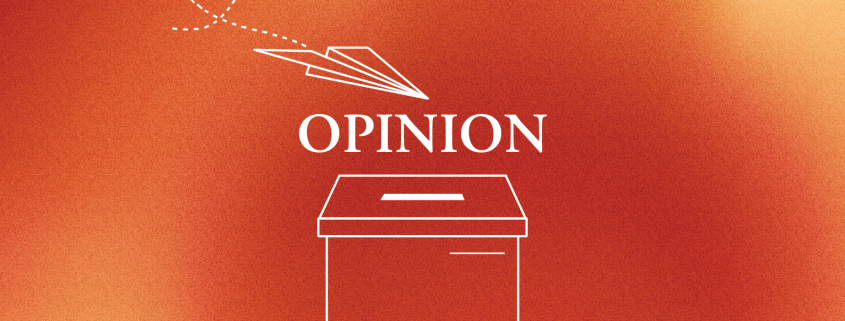To be or not to be influenced
“Welcome to another day in my life!” “Get ready with me!”
While I won’t deny my part in curating a TikTok feed filled with these façaded videos, who would’ve thought a platform like TikTok would gain so many consistent users and become culturally embedded among Gen Z?
On average, TikTok users spend 1.5 hours a day consuming back-to-back short-form videos, totaling to 10.5 hours per week. According to Statistica’s January 2023 TikTok data analysis, women between the ages of 18 and 24 constitute 22% of the app’s global audience, while men ages 18 to 24 represent about 17%.
Gen Z is the most easily influenced, which creates the perfect platform for businesses to recruit people whose only job is to impact the people that watch their videos. But what and who are these social stars really influencing? Many popular figures rose to fame because of their appearances and unrealistic, materialistic lifestyles. Meanwhile, it seems users who share educational and practical resources hardly have a comparable following or engagement.
Specifically in conversation about my first-generation peers, I know all too well the struggle of choosing between a career that’s creative and compelling and one that’ll guarantee certainty and financial comfort. This struggle, combined with a digital world and reality that emphasizes a social scene that is consistently in the limelight, makes it exponentially easier to question the all-nighters spent in libraries when your peers seemingly couldn’t be bothered to do the same. In this way, TikTok has become a pivotal platform documenting personal journeys, but has also become a way to network and connect with ambitious, like-minded peers.
Just within the L.A. community, Edgar Rodriguez, a local first-generation Mexican immigration attorney, posted on LinkedIn around a month ago celebrating the establishment of his law firm. Witnessing this achievement assured me that it is possible for my undocumented peers and family members to dream and achieve without borders. This sentiment is similar to the mission of QuestBridge, a non-profit organization that connects high achieving first-generation students with Ivy League and T20 educational institutions. Seeing their College Prep Scholars and National College Match TikToks on my For You feed brings me so much joy.
On a similar note, while I am open about my chronic vision disability, many don’t know that I was born blind in my left eye and have degrading vision in my right. Where my limited vision lacks, I take photos and videos of my day-to-day life. In this way, I hope to have an auditory mode of retaining my favorite memories come the day I do lose my remaining sight. While there isn’t a tangible digital community of users with disabilities in media, I am certain I am not the only TikTok user who has a disability. One of the most inspiring content creators I follow is Sadaya Paige (@foreversadayapaige on TikTok and @sadayapaige on Instagram). An 11-year-old pianist and singer who was born blind, Paige doesn’t let her disability stop her from navigating her childhood and passion for music. I played piano for 13 years before quitting my music program because I was unable to perceive advanced music theory and sheet music. Even though I am half as able, I am left in awe and inspired by Paige’s choice to fearlessly pursue a passion that once brought me so much joy.
I believe there is something for everyone on social media. When we choose to scroll and consume media as a growth or community platform rather than mind-numbing entertainment, we begin to create an algorithm of not just influencers, but empowerers. You have the power to choose to be or not be influenced. I challenge you to use your platform to not just influence, but to empower.

